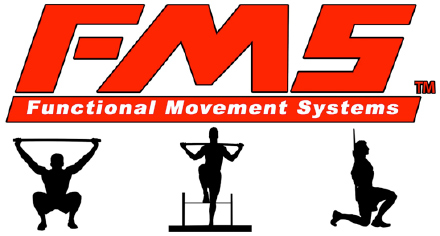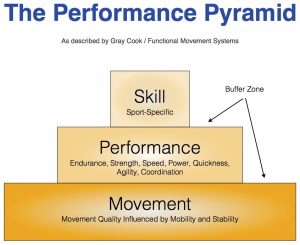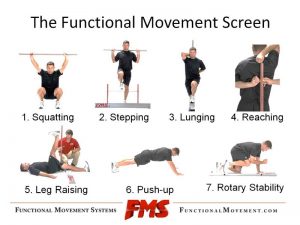
All movements are combinations of just six or seven basic movement patterns. When someone cannot perform one of these patterns without compensation they do not have a solid base of movement competency upon which to build strength and develop skill related attributes. The functional movement screen is just one way of categorizing movement and then evaluating a person’s proficiency in performing each of these patterns.

Capacity for Performance
Competency of Movement
Being able to make modifications to your running technique via running drills and instruction (skill) is dependent on your competency of movement. If you cannot load your left leg effectively, running drills will fail to change your running technique because you are physically unable to transition your weight over to your left side.
A lot of time and effort is often wasted on application of skill-based drills or strengthening exercises that don’t have the prerequisite foundation of good quality movement in the first place. You have to be able to perform a movement well before strengthening that pattern or integrating that movement into a skill-based activity.
Screening your ability to perform fundamental movement patterns will ensure that you can add strength and/or skill to those patterns.
“Don’t Add Strength to Dysfunction.” – Gray Cook
Fundamental Movement Patterns
- Push
- Pull
- Hinge
- Squat
- Lunge
- Rotate
- Locomote
Upper body movements can be broken down into vertical and horizontal pushing (overhead press/pushup) and vertical and horizontal pulling (pullup/row).
The hip hinge includes vertical and horizontal hip dominant activities (deadlift/bridge).
While the squat is another movement pattern it is one of many bilateral symmetrical knee dominant movements like jumping and positions like tall kneeling.
The lunge is often considered as another movement pattern of its own but can be classified as a staggered stance knee dominant activity that is either oriented laterally (side lunge, change of direction in sports) or forward/back (lunging, stepping).
Rotation involves twisting and is a component of activities like throwing and locomotion.
Locomotion (gait) is the most complex movement pattern and includes crawling, walking, running, and weighted carries.
While there are slightly different ways of classifying movement – what’s important is that you engage in a variety of movement patterns that include all of these components – and that your movement is assessed in multiple patterns and planes.
